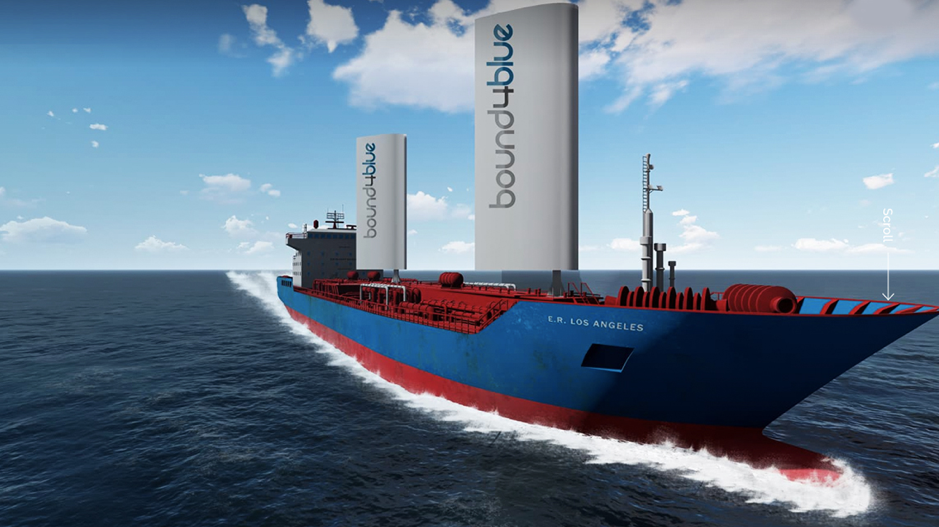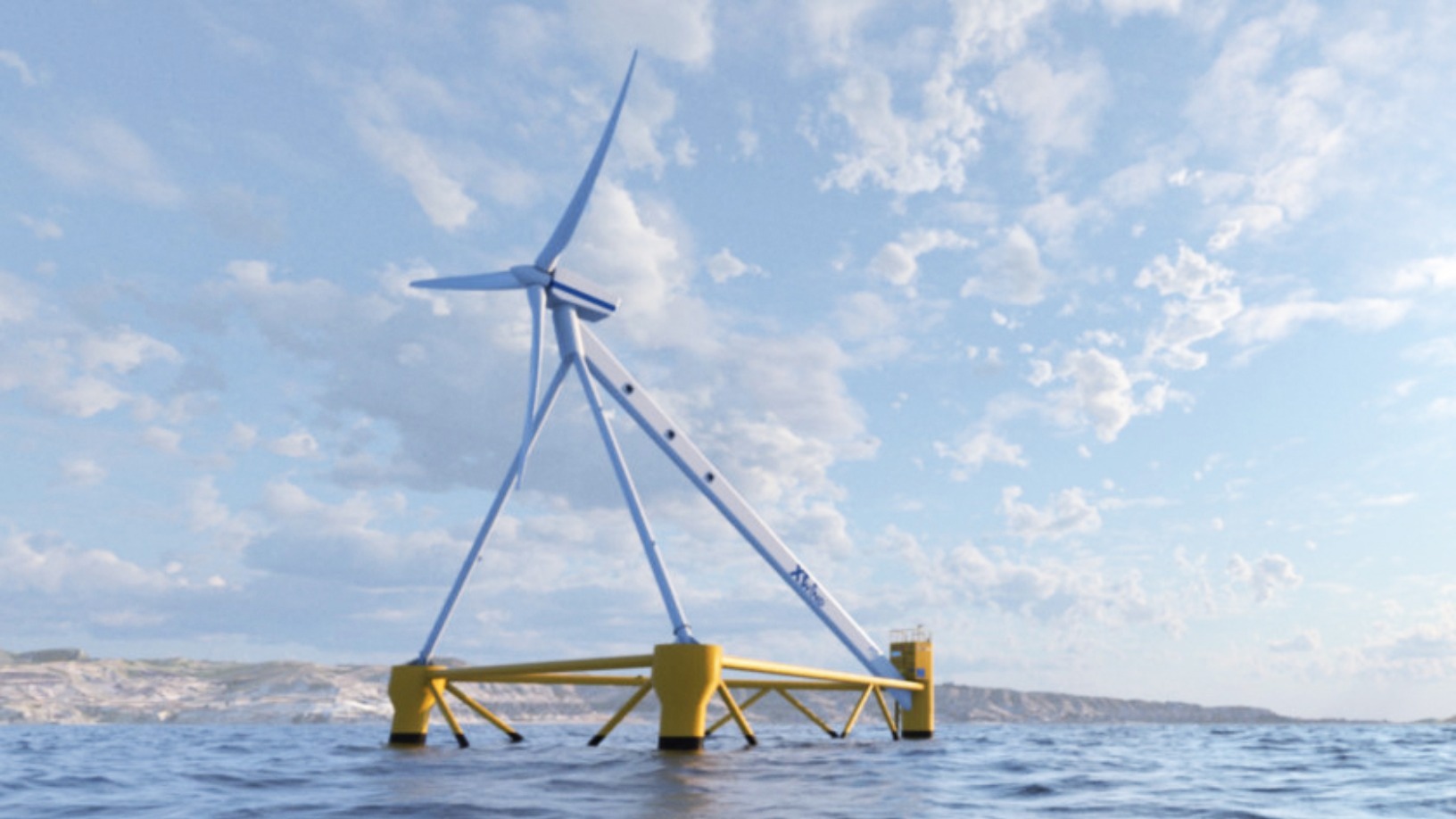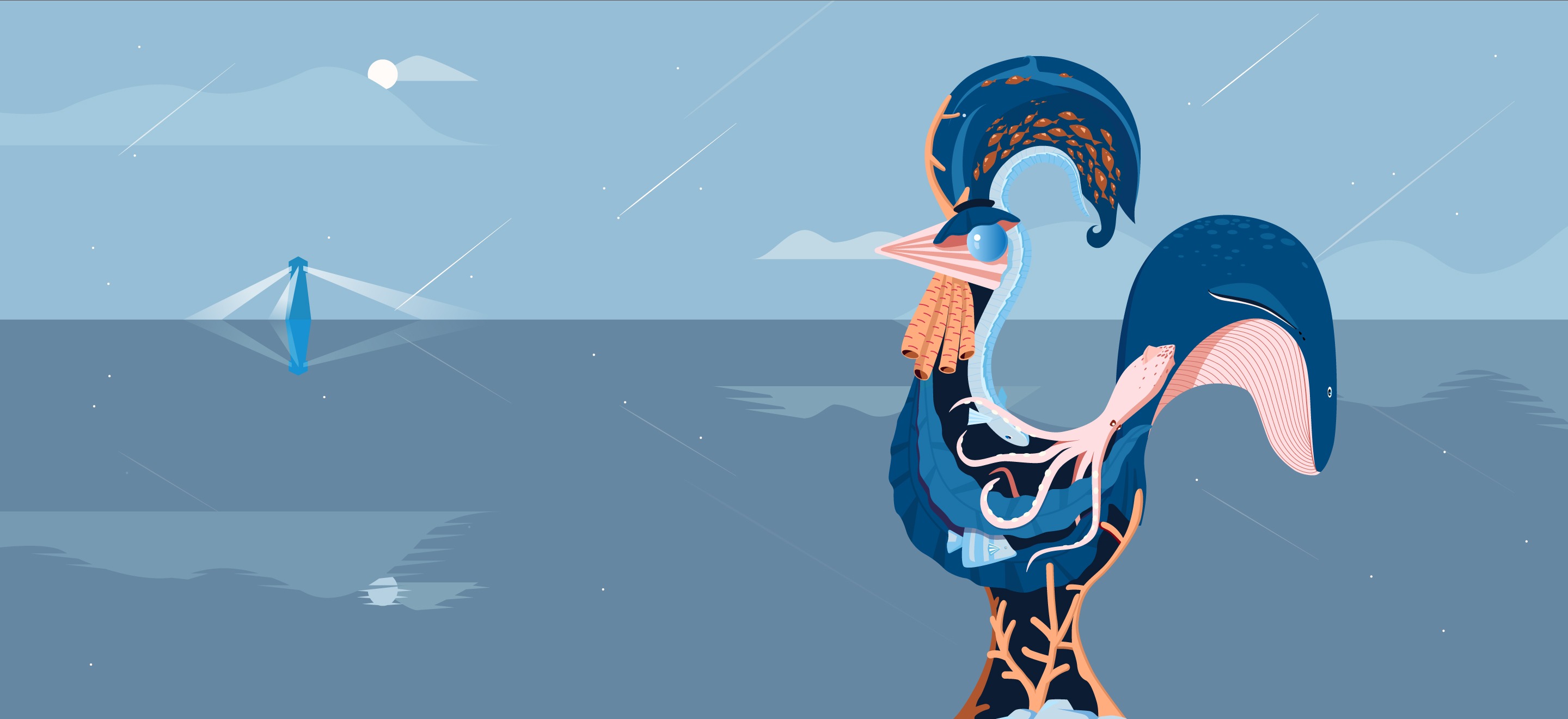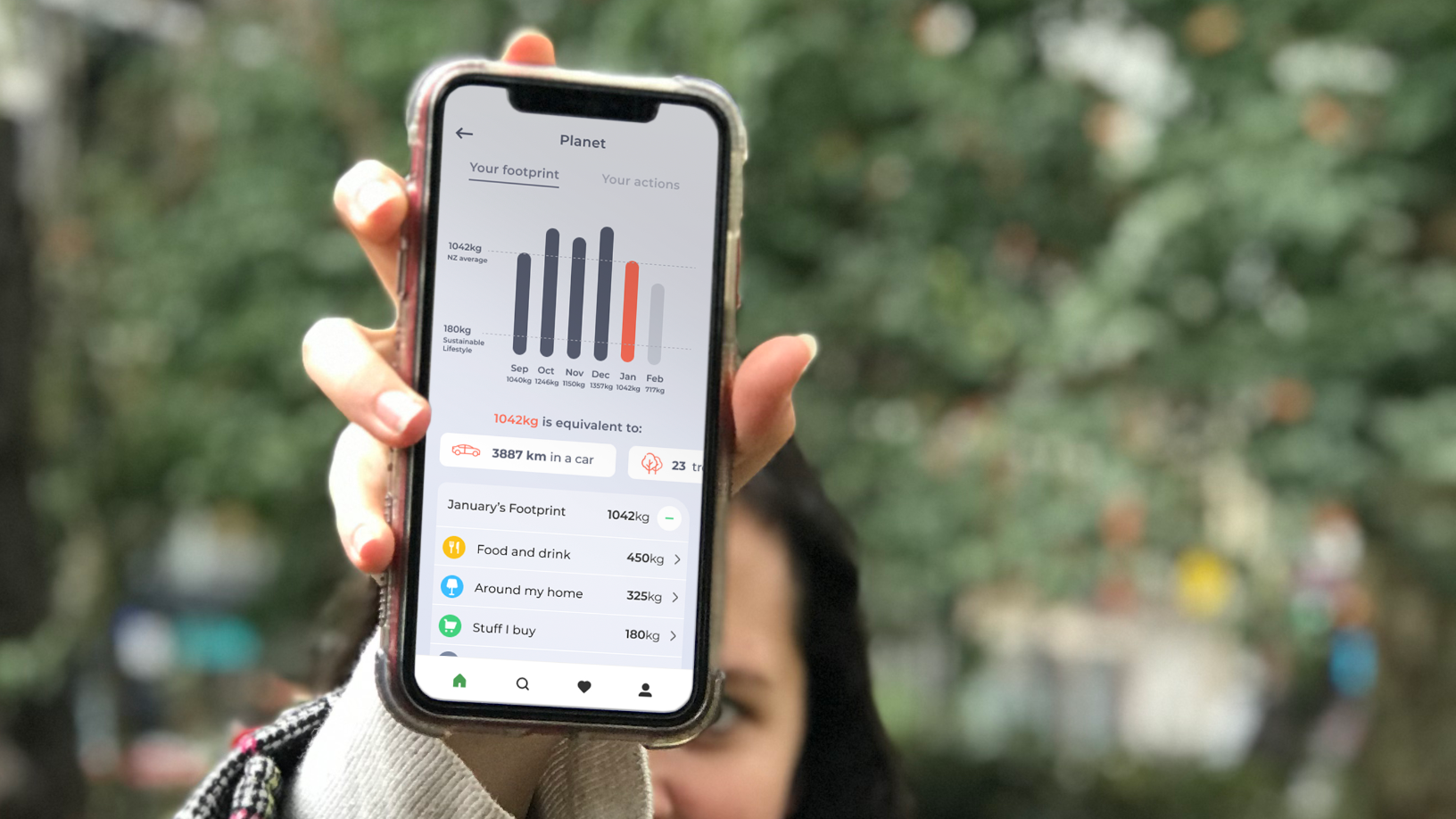In 1985, Jacques Cousteau’s ship, the Alcyone, left port, powered by Turbosail, a wind-assisted propulsion technology offering a clean and renewable energy source. Despite its immense potential, the application never went further than the Alcyone.
Thirty-six years later, maritime vessels worldwide are still powered by contaminating fossil fuels. The good news is that there are still dreamers out there trying to introduce sustainable technologies. Among them is Bound4Blue, a Barcelona-based startup that has been working on building and installing wind-assisted propulsion systems for ships since 2015.
In June this year, the company announced its greatest milestone to date: the fishing vessel Balueiro Segundo belonging to the Spanish Organización de Palangreros de A Guarda (ORPAGU) would use Bound4Blue’s eSAIL rigid system while working in the Pacific. It will be the first fishing vessel in the world to sail with such technology.
The project, financed by the European Commission (EC), shows how the use of wind as an auxiliary propulsion method can be exploited in the maritime sector, allowing not only greater energy efficiencies but also reductions in fuel consumption and harmful CO2 and NOx emissions generated by the shipping industry worldwide. According to Bound4Blue, the total world fleet of around 90,000 ships causes 60,000 deaths annually through emissions, with an economic health impact surpassing $300bn.
In July, Bound4Blue raised €5m from strategic investors such as Aciturri Aeronáutica, CDTI (INNVIERTE), EIT Climate KIC and the Ocean Born Foundation to reinforce its team and develop its technology by launching new pilots on cargo vessels.
CompassList interviewed Bound4Blue’s CTO and co-founder David Ferrer earlier this month to understand the success of the Balueiro Segundo project amid various hurdles faced during the Covid-19 pandemic, and how this would potentially further the maritime economy’s sustainability.
The following Q&A was translated from Spanish and has been edited for length and clarity.
Which route does the Balueiro Segundo, which uses your eSAIL rigid system, operate? How many kilometers has it sailed to date?
The boat is a long-liner operating in the Pacific. It sails five to six months in open water and usually stops at the ports of Panama and Peru for about 15 days before leaving for a second voyage.
Maersk built a solution similar to ours and it took them 18 months to collect all the data concerning 12 months’ navigation with a sail and six months without. In their case, it was a tanker that always sails in the same way, whereas we are working with a fishing vessel that uses different routes at different speeds.
Our idea is to compile data from 10 months of sailing. This will allow us to work on the final results. By next summer, we will surely have enough certified KPIs to share. As of now, we know that the boat is working well, that the captain is happy and that there are no problems, which is the most important thing.
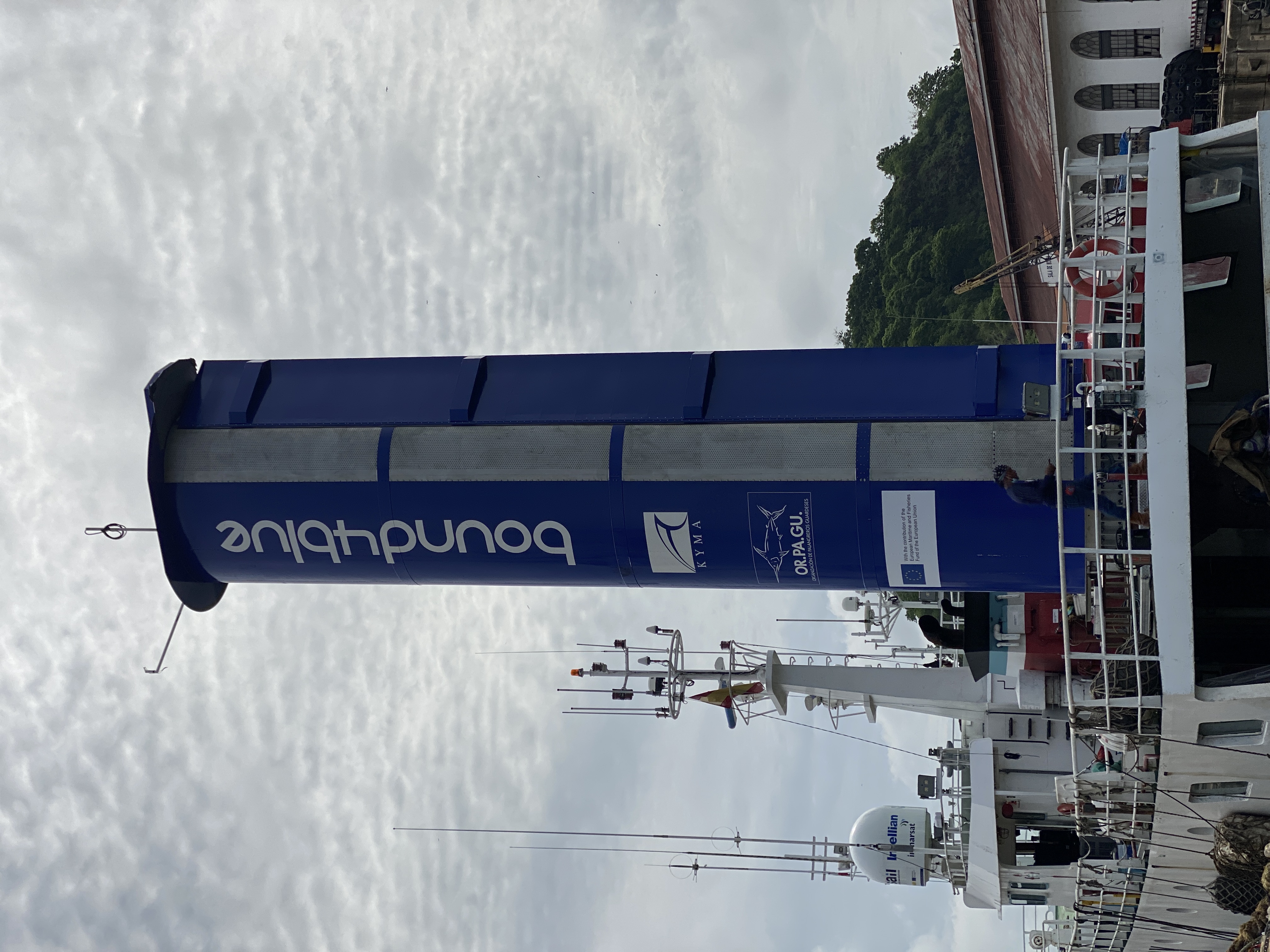
Where was the installation done?
We commissioned Asturfeito, an Asturian company [in northern Spain], to make the sail and from there it was transported to Vigo. The sail left the port of Vigo in Spain and went to Panama, where it was installed. The logistics were managed by the owner of the vessel, ORPAGU. They usually ship containers between Panama and Spain to transport frozen fish, but the challenge was that our sail is too large to fit into a container. It had to be shipped as cargo on a roll-on/roll-off (ro-ro) vessel. The final installation on the vessel was done at a shipyard in Panama.
Will you continue to collaborate with Asturfeito?
At Bound4Blue we retain the engineering works and know-how. The manufacturing is subcontracted to external partners. Asturfeito is one of them. But as you can imagine, the list of partners in our supply chain is very long. For example, the next sail we have in production is being manufactured by Degima [a naval and civil engineering firm from Cantabria, northern Spain], which also manufactured our previous folding sail.
Your technology has been co-funded by the European Union. Can you explain more about this?
This project has been subsidized by the European Commission as part of the Aspiring Wingsails project. We have also had institutional support from the Spanish Ministry of Agriculture, Fisheries and Food, and the European and Maritime Fisheries Fund (EMFF), an organization that finances projects focused on reducing pollutant emissions in maritime transport. We presented our idea as a solution to reducing the maritime environmental footprint while saving costs.
How do you measure results?
Within that list of partners, we have Kyma, a Norwegian company of reference in the sector for vessel performance monitoring. Kyma provides a consumption monitoring system using a set of sensors and a software that helps the user to easily read the results. Thanks to them, we have installed sensors that can measure every KPI we need. Our idea is to continue the collaboration long term.
There are more projects in your roadmap: the boat of La Fura dels Baus and a cargo vessel. How did these evolve?
We are working on the Fura dels Baus project [a boat housing the floating theater of La Fura dels Baus, a Spanish theater group], which involves a 17m-high eSAIL rigid system that is being currently manufactured, and which will be installed at the end of October.
With regards to the cargo vessel project, it has actually increased to four new projects. We follow a strategy that allows the testing of our technology on each type of vessel we consider a potential target market. Thus, apart from the ORPAGU fishing vessel and La Fura dels Baus, we’d like to install our sail on four types of cargo vessel: tankers, dry bulk, ro-ro and general cargo.
Our idea is to implement these in 2022–2023. As of now, we’ve identified four early adopters and we have done feasibility studies identifying the optimal sail configuration for each type of cargo vessel and the savings that can be attained. We are currently in the negotiation phase.
How does this feasibility study work?
We collaborate with a naval engineering office that makes sure our sail configurations respect maritime standards and regulations. For performance assessment, we use our own in-house software to estimate the potential results of using our sail and to select the optimal configuration, in terms of number of sails and their size.
Are you still looking to build three sales units? How many people are you currently employing and how many more will you be hiring?
Covid hasn’t allowed us to go as fast as we’d hoped, but we have grown anyway. We are a total of 21 people, mainly in the technical team. Until we validate the pilots, it doesn’t make sense to put more effort into sales as the answer will always be the same: “I like the technology but try it on other boats!”
We are working hand-in-hand with some of our investors, who are very well positioned in the maritime ecosystem. In 2022, we’ll begin to structure our commercial department, setting up a CRM system, commercial agreement terms, margins and so on.
How important is it to have Aciturri, a leader in the aeronautical space, as a strategic investor?
Aciturri is a very strategic partner for us. At the beginning, Aciturri was just a small family-owned company in metallic manufacturing. It has grown to one that had a revenue in 2019 of €332m, manufacturing for the aerospace industry. They have the knowledge to scale a company and industrialize processes. This will help us a lot in the future when we will have to manufacture a larger volume of sails.
Another element is that they are experts in the manufacturing of composite materials. We currently manufacture sails in steel, but it would be interesting to explore if it makes sense to use much lighter composite materials.
Aciturri is an example of smart capital. They have in-house design, engineering and production teams, providing us with the support we need.
What milestones are you looking to achieve by the end of this year and the next?
Collect the KPIs of Balueiro Segundo, the fishing vessel, and ideally those of the La Fura dels Baus too; and also to complete the installations on some of the cargos I mentioned before.
You’ve managed to achieve your targets and raise funding, too. It seems the pandemic hasn’t affected your business at all. Is that right? Or has it affected your roadmap somehow, or delayed the funding round?
The entire manufacturing has been delayed since material supplies were lacking, as well as the installation in Panama since it wasn’t possible to enter the country. But we’ve also been positively impacted. To our surprise, we received more inquiries from shipowners in the past one and a half years than before Covid. Also, the EC launched initiatives and subsidies to strengthen and relaunch European industries, and we can take advantage of many of those. There has certainly been more excitement in the sector than before.
Which trends are changing in the sector, and how do you see them affecting Bound4Blue?
We started the company in 2015 knowing that the upcoming international regulations [for progress in fighting climate change] would begin to take shape around 2020. However, at the time, companies were only looking into the financial results of using our technology: how much the installation costs and how much they could save.
Now, with the EU community and the International Maritime Organization pushing out new regulations for CO2 reductions, companies are not only interested exclusively in financial payback. They’d rather focus on solutions that would help them to comply with these new regulations.







